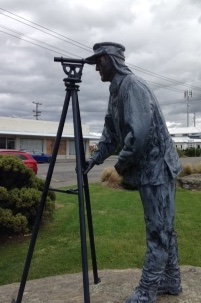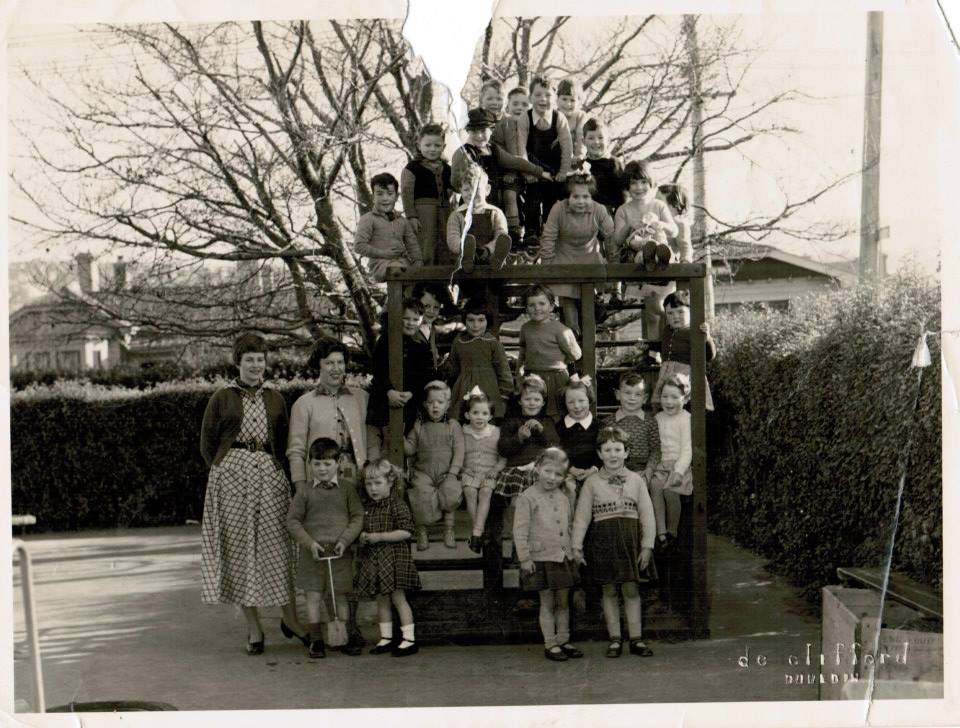A few days after hearing of the death of Theodorakis.
I lived in Evia, Greece, for a short time, in a small basic house on top of another building. It was on the edge of a town made rich by the lignite factory on its outskirts.
While my little house was on the outskirts the other way, it was convenient for long walks and a semi rural outlook.

I arrived in Greece a few years after the end of the junta, about which I knew next to nothing. I was extraordinarily lucky to discover that the second floor of ‘my’ building was used by a woman who taught after school mathematics. In those days, and perhaps still, Greek children who attended school between 8.30 and 2.30 (I think) also attended frontisterio – private schools like the one I taught at and my new friend owned.
Through her and her husband I met several other locals of about my age, who also spoke some English. These and other generous people, like the wonderful older couple who lived near the school, and friends in Athens shared so much with me about Greece’s recent history. They also introduced me to the poets Ritsos, Seferis, Elytis and the music of Theodorakis.
Although I did not hear Theodorakis’ music everywhere I do recall hearing it on the island of Skyros when a young man loudly and repetitively played it on his tape recorder, and was delighted to hear a busker many years later, playing his music in San Telmo, Buenos Aires.
His music, I learned, was a catch cry for socialist Greeks and those who opposed the right. He aroused a passionate nationalism in the hearts of most Greeks I knew and a sense that odds could be overcome. That ‘we’ are all in this together. “Dark is the road of my journey” says the first line of his famous Strose o stroma sou, a song essentially about finding comfort in the arms of a stranger in dangerous times. A song usually partnered with the exuberant Zorba’s song. Epitaphios, a song using Ritsos poem says “One day you will see, Repeat after me, We will be free”.
While Theodorakis wrote classical operas and sonatas, it’s the songs of freedom and hope that echo through our lives. Try not to feel uplifted by Strose to stroma sou, or O kaimos. Or try not to dance with pure pleasure.
On my walks around the town I would see graffiti that said “The Polytechnic lives”. It was Polytechnic students in Athens who, locked in the radio station, broadcast to Greece to revolt against the junta. The revolt lead to the end of the dictatorship in 1974.
I did also learn that not every Greek was left wing, and that within the town there remained pockets of pro junta feeling. Fortunately my understanding of the language meant that I never knew who these people were and I was able to retain the romantic view that all Greeks were socialists, and that all loved Theodorakis and his music.
Like the other famous Greek, Kazantzakis, Theodorakis will be buried in Crete, not his birthplace but his family home.









 This is the start of my education, circa 1956. It’s odd to think that I end my working life in the education system.
This is the start of my education, circa 1956. It’s odd to think that I end my working life in the education system.